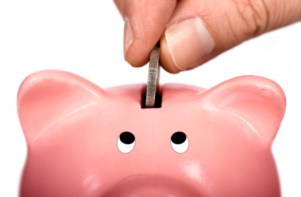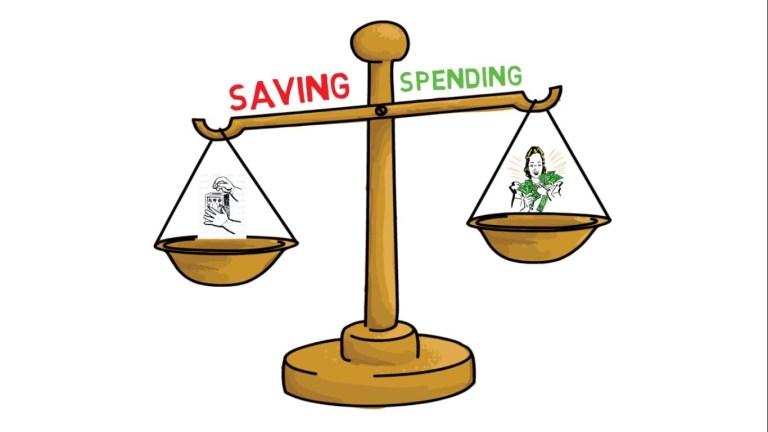We’ve all heard about the importance of having a budget (and sticking to it!); but, we do not often hear how to go about creating this budget. How much should we be spending on housing? What about fun money? It isn’t hard to make a budget balance; but making it balance and be in line with your financial goals can be a challenge.
There are a lot of templates and apps out there – but knowing which to use can be overwhelming. I hope that in the below I can share some tips to help you create an optimal budget.
First off, it is important to note that the purpose of a budget is to assist you in understanding the allocation of your earnings:
- How much money is spent on needs vs. wants
- How much you are saving.
Okay, full disclosure: when making a budget, I like to take an approach that values savings.

Step 1: Income
You would need to start by entering in your income (from all sources). Break it down monthly – take your annual salary and divide it by 12; if you are paid irregularly, then its recommended you take a lower pay month as a benchmark and use the excess towards your lifestyle or savings.
You would need to use your income net of taxes, benefit contributions and payroll source deductions. I recommend using an online tax calculator to get the exact amount of tax you owe; however, if this is too complicated for you, then look at a pay stub and enter in the net amount of your paycheque.
Make sure to enter any other sources of income you may have, such as rental income or income from a side hustle. You must use “monthly” amounts.
The end result of Step 1 is to have a starting point of what funds are available for your expenses.
Step 2: Fixed Expenses
List out all of your fixed expenses. This would comprise of the expenses you are committed to paying each month, which do not fluctuate. Examples include your rent/mortgage, utilities, car payments/lease, insurance, cell phone/internet/cable, etc. You may have to do some digging to get the amounts, so open up those bank and credit card statements.

Step 3: Savings
Wait, what about my ‘fun’ spending?? I know, we jumped quickly to savings. While it is important to spend on items that bring you satisfaction, it is also important to make sure you save. A quote I like to share is:
“If you save me today, I’ll save you tomorrow” – Money.
Take the monthly net income amount you computed in Step 1 and calculate 10%. That is how much it is recommended you save (as a starting point). If this 10% is already putting you in the red, then try 5% (or you may have to consider a change in lifestyle to reduce your fixed expenses).

Step 4: Debt Repayment
Add up your monthly debt repayment amounts. This would include what you’re spending to repay everything except your mortgage and your car loan/lease. List this out as an expense. If this does not apply to you, then ignore (and consider putting an additional 10% towards savings, thereby doubling the original amount computed in Step 3).
Step 5: Variable Expenses
Now subtract items computed in Steps 2-4 from your net monthly income (what you computed in Step 1). The remaining amount is what you have left to spend on variable expenses. If you find you are left with a low or negative amount, then you have to either find a fixed expense to cut (can you reduce that cable package?) or make more money (every day I’m hustlin’).
If you are fortunate to have a nice pool of funds for variable expenses, don’t feel like you have to use it all up. You can allocate more to savings or speed up your debt repayment (if applicable).
Benchmarks
Overall, the benchmarks for spending should be:
- 50% on essentials (your needs)
- 30% towards your lifestyle (your wants)
- 20% to savings/debt repayment
You work hard, so you don’t have to only save and spend on essentials; just make sure your fun spending doesn’t come at the expense of your necessities or put you into debt.
Happy budgeting!
~ EverSavvy Financial


Recent Comments